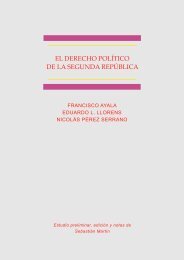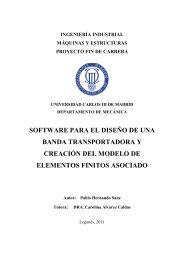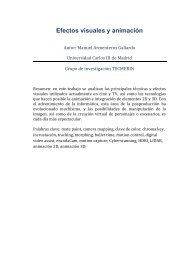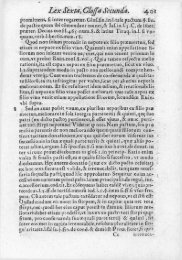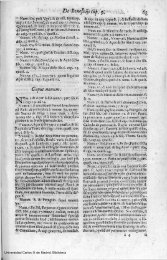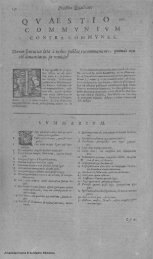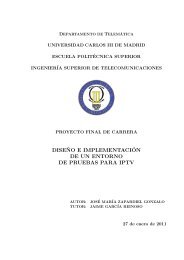Land tenure inequality, harvests, and rural conflict ... - e-Archivo
Land tenure inequality, harvests, and rural conflict ... - e-Archivo
Land tenure inequality, harvests, and rural conflict ... - e-Archivo
You also want an ePaper? Increase the reach of your titles
YUMPU automatically turns print PDFs into web optimized ePapers that Google loves.
province of Córdoba in June 1932 increased the baseline probability by 31 per cent.<br />
Moreover, the log of the distance to the capital of the province displayed negative <strong>and</strong><br />
statistically significant coefficients in almost all specifications with strikes as the<br />
dependent variable (<strong>and</strong> insignificant coefficients in the case of the regressions taking<br />
into account invasions). Capturing the proximity to markets <strong>and</strong> large urban centres, a<br />
one st<strong>and</strong>ard deviation decline in the distance to the largest urban center in the<br />
province increased the probability of strikes in the representative town in June 1932<br />
by 66 per cent.<br />
In order to test the hypothesis that autonomous organization <strong>and</strong> the previous<br />
history of collective action matter, I evaluate the impact of previous union<br />
organization using the records of existing peasant unions in 1916, some years before<br />
the repression of peasant unions intensified in 1920. A comparison of my<br />
representative town in Córdoba in June 1932 with a union in 1916 with the same town<br />
not reporting union presence in 1916 yields an increase of the baseline probability of<br />
a strike of 50 per cent. The existence of a union in 1916, however, is not relevant for<br />
the probability of trespassing by groups of <strong>rural</strong> workers. That said, the presence of a<br />
union in 1916 could be endogenously relateed to the persistence of exploitative<br />
agrarian institutions. However, union presence in 1916 is neither explained by<br />
l<strong>and</strong>ownership <strong>inequality</strong>, nor by the proportion of l<strong>and</strong>less laborers. As in the case of<br />
<strong>conflict</strong>, distance to large urban centers, access to markets <strong>and</strong> being an administrative<br />
center are the strongest predictors of union presence in 1916.<br />
Finally, I look at the serial correlation of sequential <strong>conflict</strong>s. It is important to<br />
note that the dummy variables <strong>conflict</strong> in the last 3 <strong>and</strong> 6 months did not dispel<br />
35



